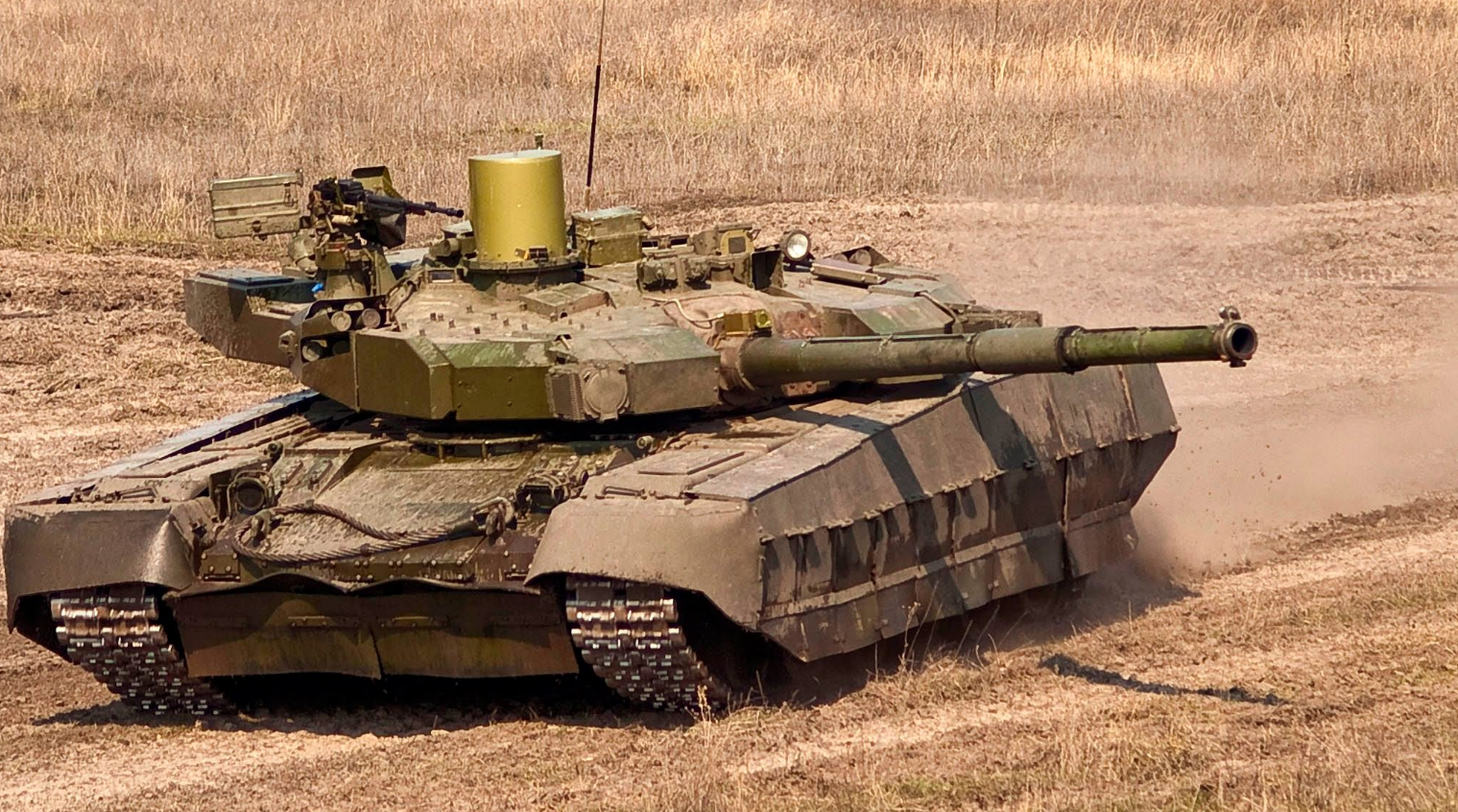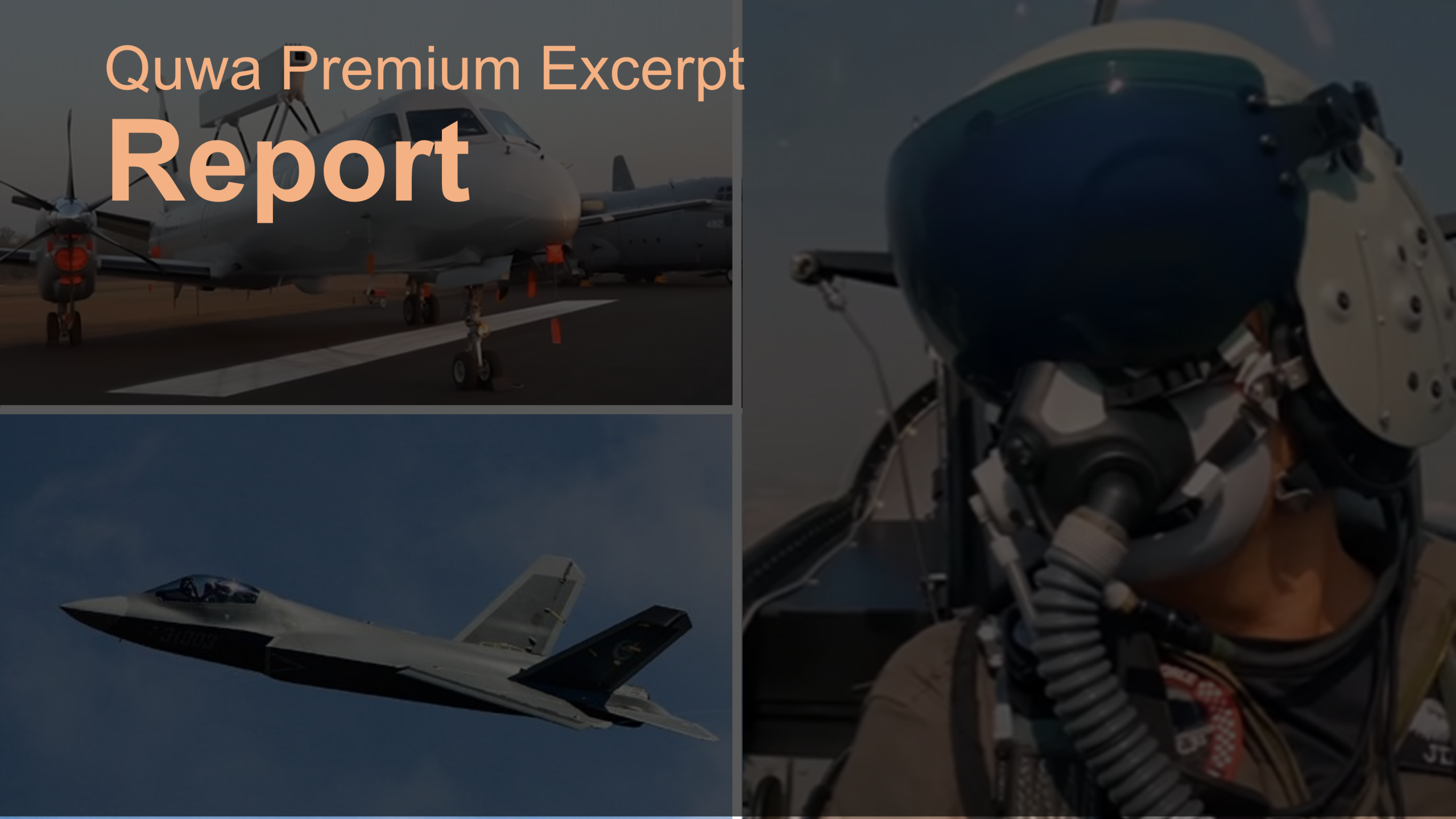With Pakistan reviving industry ties with Ukraine, specifically with the Kharkiv Morozov Machine Building Design Bureau (KMDB) and Malyshev Factory, could the Pakistan Army be re-interested in the Malyshev Factory Oplot-M main battle tank (MBT)?
The Malyshev Factory Oplot-M was among the armoured combat vehicles exhibited by Ukroboronprom, Ukraine’s state-owned defence industry dealer, at the 2016 International Defence Exhibition and Seminar (IDEAS), which took place last week in Karachi, Pakistan. The Oplot-M was among the tanks the Pakistan Army evaluated as part of its Haider program in 2015.
During IDEAS, Pakistan’s state-owned armoured vehicles manufacturer Heavy Industries Taxila (HIT) inked a memorandum-of-understanding (MoU) worth $600 million U.S. with Ukroboronprom for the provision of 200 diesel engines for al-Khalid 1 MBTs and other heavy armoured related support (e.g. possibly upgrading the Pakistan Army’s T-80UD MBTs), likely upgrades of existing vehicles and infrastructure work at HIT. Pakistan may also consider the KMDB’s new 6TD-3 diesel engine for use on the recently disclosed al-Khalid 2 MBT, which is to use a 1,500-hp powerplant.
It is not clear if Pakistan is interested in extending this collaboration to an off-the-shelf tank such as the Oplot-M. However, the Ukrainian Ministry of Defence stated that during IDEAS, it did discuss the prospect of jointly manufacturing tanks with Pakistan. This is likely in reference to the Oplot-M.
The 51-ton Oplot-M is the latest development of the T-80, Ukraine’s mainstay MBT platform. The Oplot-M uses a new welded turret and multi-layered armour. It also benefits from an updated onboard electronics suite (e.g. fire control system) and passive as well as an active protection system for defensibility against incoming projectiles. The Oplot-M is armed with a 125-mm smoothbore gun capable of firing armour-piercing, high-explosive, and fragmentation rounds, and anti-tank guided missiles. Although it is powered by a variant of the 1,200-hp 6TD-2, there is the option of having it use the 1,500-hp 6TD-3.
For Pakistan, there are three main considerations.
First, the reality of Ukraine’s geostrategic situation vis-à-vis Russia, which will place uncertainty in terms of the Ukrainian industry’s ability to commit to schedules and contractual commitments.
Pakistan’s uncertain financial long-term condition, which is the second main issue, will have Rawalpindi and Islamabad approach procurements and industry collaboration with Kiev carefully. Uncertainty on both sides could either yield equitable exchanges or failure in actual negotiations.
Third, the technical considerations. In this respect, Ukraine has a strong case. The Oplot-M could share a high margin of commonality with the forthcoming al-Khalid 2, especially in terms of the powerplant. The procurement of the tank could also yield valuable work-share in relation to the 6TD diesel engine, which would be a valuable gain for the Pakistan Army in terms of localizing the supply chain of its armour. The Oplot-M could also be among the more affordable off-the-shelf tanks today.




